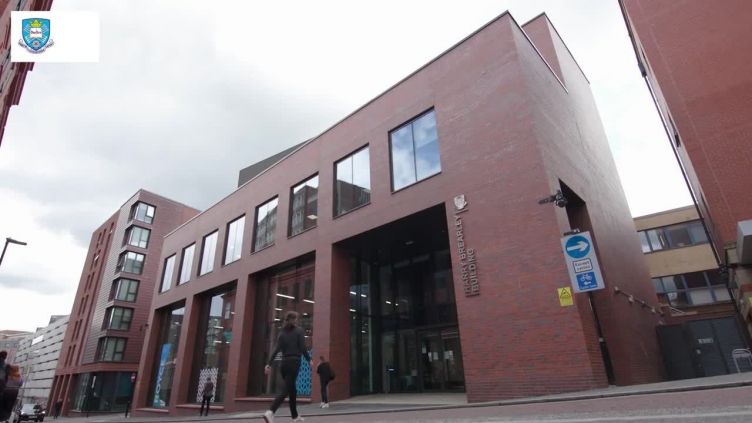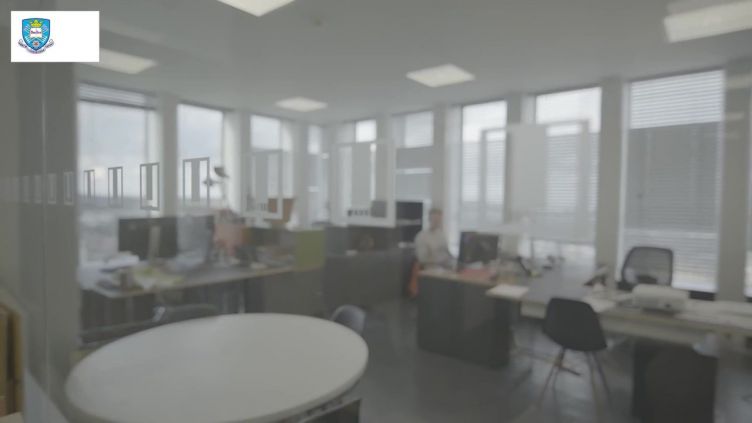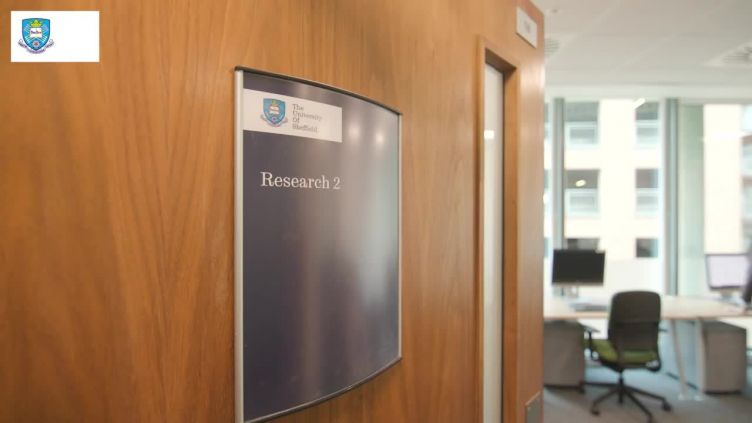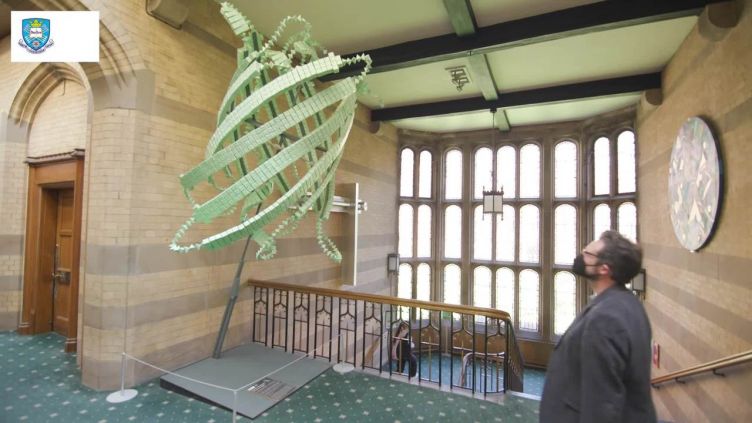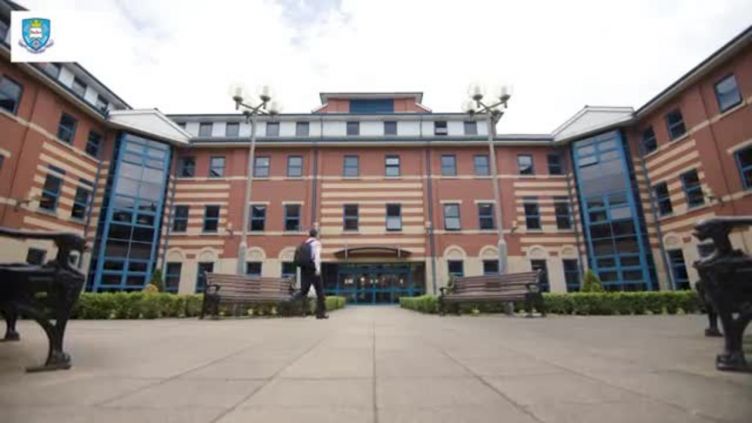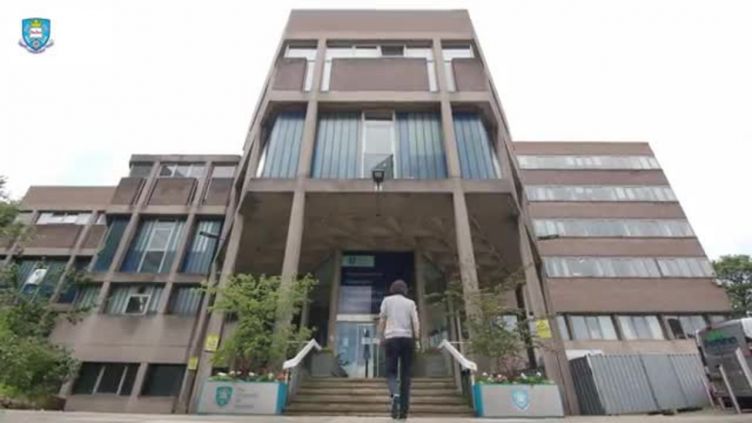FAIR case studies: good practice on FAIR data and software
FAIR stands for Findable, Accessible, Interoperable, and Reusable and comprises a set of principles designed to increase the visibility and usefulness of your research to others.
Detailed guidance on how to apply the FAIR principles can be found on the University’s FAIR resource, which outlines the steps you can take to make your research outputs more FAIR, and contains additional guidance broken down by the type of data that you are handling.
An overview of the FAIR principles and links to further resources and training materials have been produced by OpenAIRE, and a breakdown of the principles by GO FAIR.
In these short video case studies, six researchers from across the University explore their experiences of making their research data and software FAIR and the benefits that resulted.
Alice Pyne (Materials Science and Engineering)
Alice discusses the software her team created to analyse changes in DNA structure, and how making it open and accessible has benefited her field.
Jim Uttley (Architecture)
Outlining his project on road lighting and cycling rates after dark, Jim discusses his data sharing methodology and how to take the first step in making your research data and software FAIR.
Claudia von Bastian (Psychology)
Claudia describes her work on how training affects cognitive ability, reflecting on the importance of good data management planning when sharing your data and software.
Ian Sudbery (Biosciences)
In the context of his research on multiple myeloma, Ian explains the benefits of sharing research data and code to address a wider range of research questions.
Haiping Lu (Computer Science)
Haiping describes how his team formulated green machine learning principles to create the open software package PyKale.
Stephen Livingstone (Geography)
Reflecting on a project that created software in Google Earth Engine to chart Antarctic meltwater, Stephen details the support available for FAIR data and software practices in Physical Geography.

